

Many people worry about electric shocks or fire risk when thinking of a solar power system. After all, you will be setting up an entire power station over your roof or near your home/business.
What if there is a lightning storm? Or electrical fluctuation and current leakage?
The answer to all these issues is earthing, a safety mechanism followed during the installation of the plant itself. So let’s understand what earthing means, how it’s done, and the problem it solves!
What Is Earthing And Why Do We Need It?
Earthing involves connecting specific parts of the solar equipment to the ground, which has zero electrical potential. It is a safety step that provides a designated path to stray currents and prevents damage to electrical equipment and human injuries.
It is crucial to understand that there is always a possibility of stray charges in a solar plant. These could occur due to a multitude of reasons such as voltage fluctuation, lightning, exposed wiring, weather conditions, etc.
Take solar modules for example. At times, due to the low quality of insulator material or other factors like temperature and humidity, the charges from a solar cell start deviating from their original path (busbars) and move through the panel frame instead.
This erratic movement presents a serious risk to the people around and creates the potential for problems such as PID (Potential induced degradation) in modules.
But through earthing, these unwanted electrical charges that are not creating energy can be safely deposited into the ground (Earth).
Earth is considered the reservoir of charges because its electrical potential is zero. Any addition or reduction of charges has a negligible impact on the earth.
And, it is not just the modules that get earthed in a solar plant. The mounting structure and inverter are also connected to the ground for higher safety.
Benefits of Earthing
Earthing is vital for all sizes of solar power installations as they:
- Safeguards your equipment and prevent them from burning
- Enhances the lifespan of the PV system by arresting degradation
- Provides safety against lightning strike
- Reduces the likelihood of electrical shocks for both people and equipment. In doing so, it also mitigates the risk of fire.
How is Earthing Achieved in Solar Installations?
In a solar plant, there is both an AC side and a DC side. Solar panels generate the high voltage DC (Direct Current) which cannot directly power our appliances. That’s why we need a solar inverter to convert this DC into usable AC (Alternating current).
Since both AC and DC energy flows through the system, earthing is done on both sides. Over the AC side, a solar inverter is grounded to prevent current leakage and voltage fluctuations. On the DC side earthing is provided on the mounting structures and through lightning arrestors.
Let’s understand the important steps in earthing:
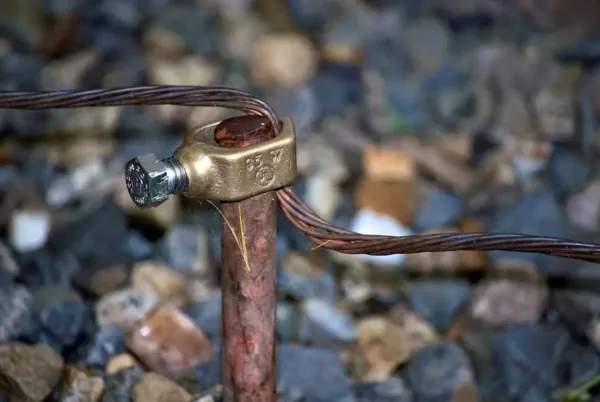
First, a copper-bonded rod is buried at least at a depth of 3 meters into the ground with an earthing chemical. A small part of the rod remains above the ground. The solar mounting structures which securely hold the panels are then connected through a copper wire/aluminium strip to the protruding part.
Moreover, lightning arrestors (LA) are placed at the highest point of the solar installation. If there is a thunderstorm, and the possibility of electrical charge in the vicinity, lightning is more likely to strike the LA rather than the equipment or the building.
The arrestor grounds the current safely by providing a low-resistance path, thereby preventing damage to the system.
For high-quality lightning arrestors, including ESE lightning arrestors that provide higher radial protection, you can check out Ornate Assured.
Additionally, a solar inverter is also grounded to protect against current leakage.
What Are The Steps You Can Take?
Earthing may appear complex, but it’s an indispensable safety measure for every installation. The question is, how can you ensure your system is adequately earthed?
- Always opt for highly trained and experienced installation professionals. It might seem like a good idea to cut costs in the short run, but proper installation of your PV system is the key to better generation, higher savings, and enhanced safety.
- Plan safety inspections every six months to find any issues before they become big problems later on.
- It is also recommended to constantly check the ‘earth resistance’ through an instrument called a ground resistance meter. Earth resistance refers to the conductivity of the soil. In ideal situations, the earth resistance should be lower than 5 Ohms, for a smoother flow of electric charge into the ground.
How Can We Help?
If you are looking to install solar at your home, Ojas is the fastest and most reliable option. With just 4 hours of your time, 3 tools, and 2 people installation team, we will give you a solution that will generate free electricity for more than 25 years!
Ornate Solar is India’s leading solar company with 8 years of experience. By partnering with the best-in-class global solar brands, we bring the most reputed solar panels, inverters, and solar accessories to you and make your shift to solar cost-effective and easy.
We have also developed India’s first Integrated InRoof system- which turns solar panels into the roof and eliminates the need for sheet roofing.
We deliver across India.
For more information, please give us a call at 18002026252.
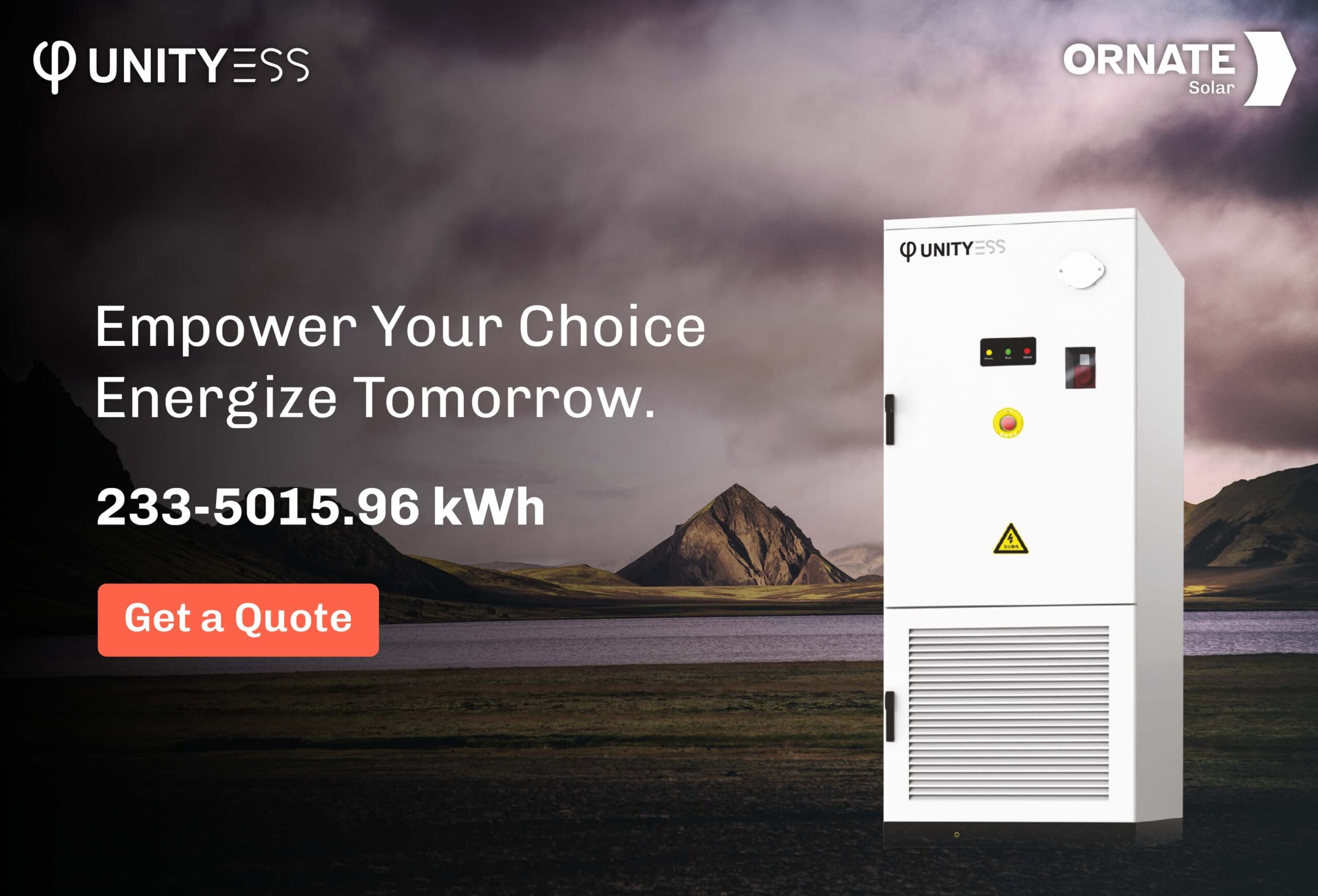


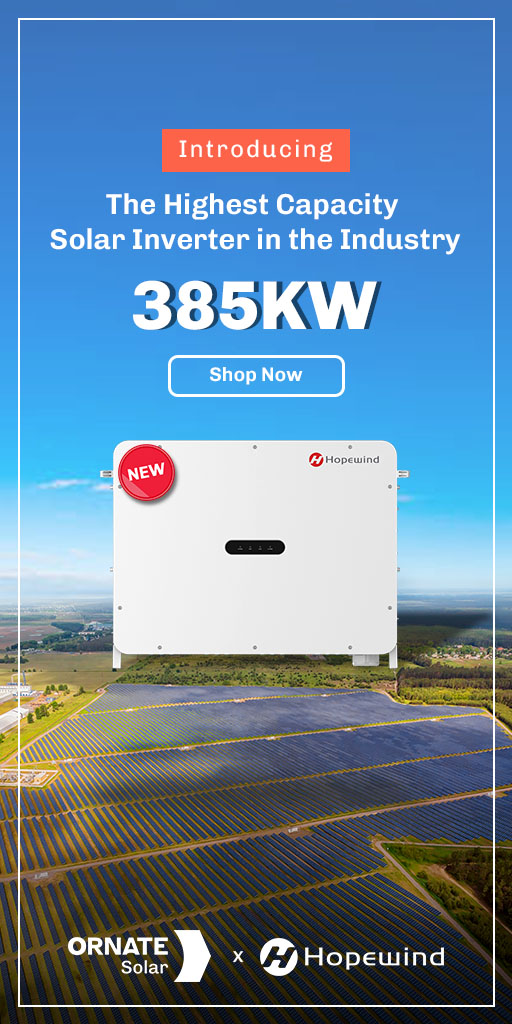
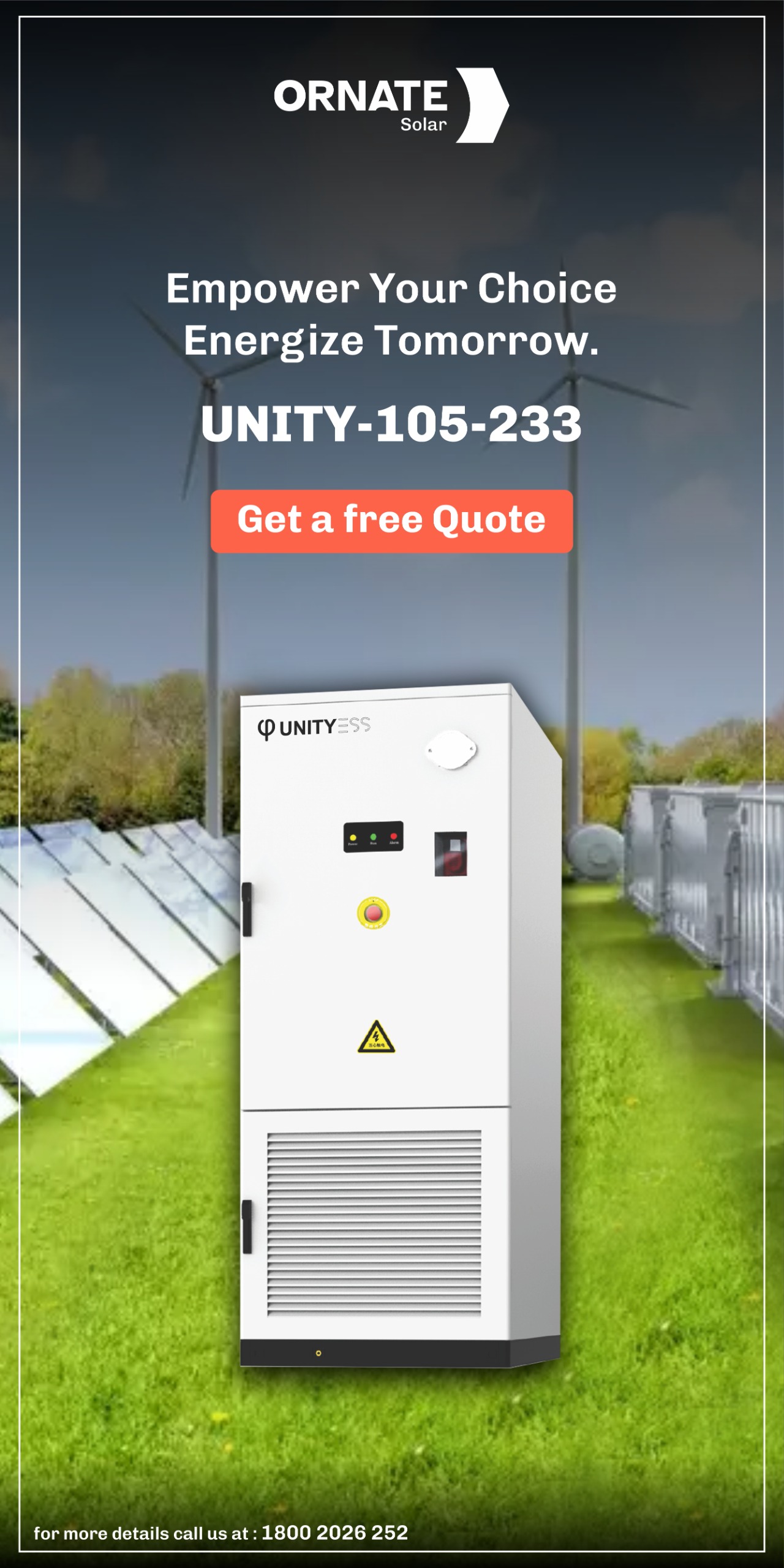
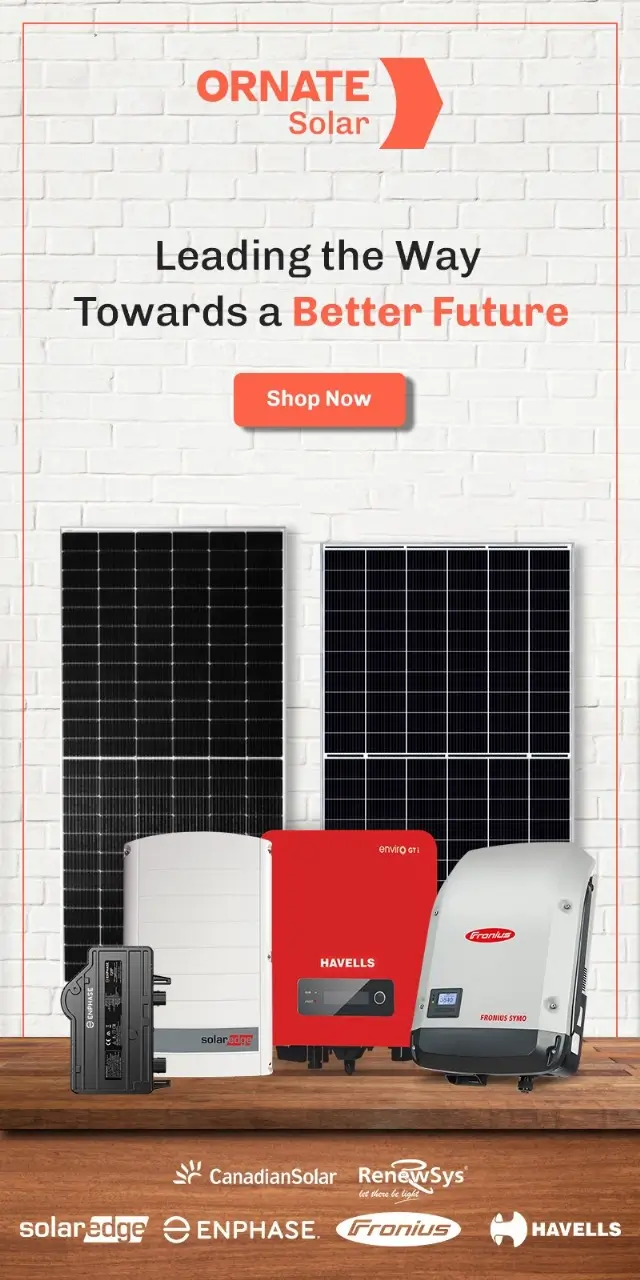
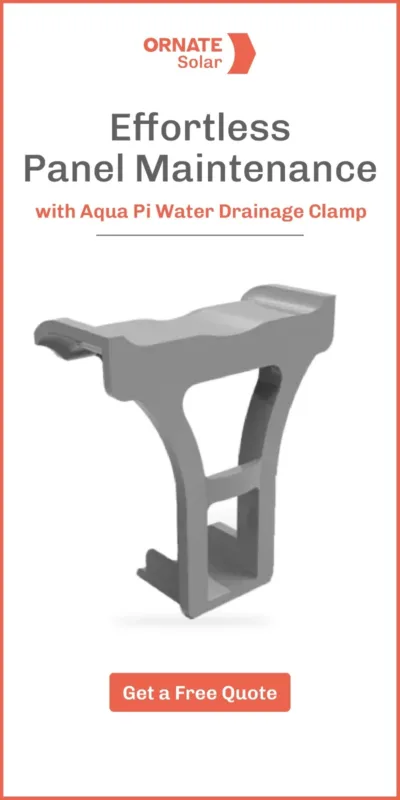




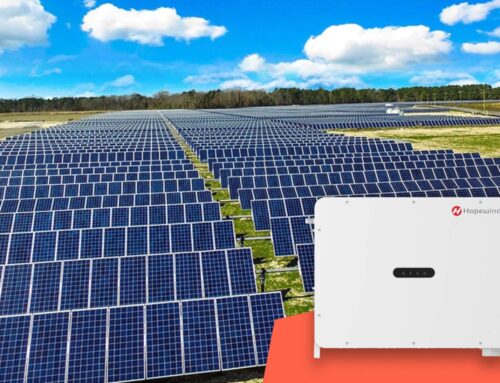
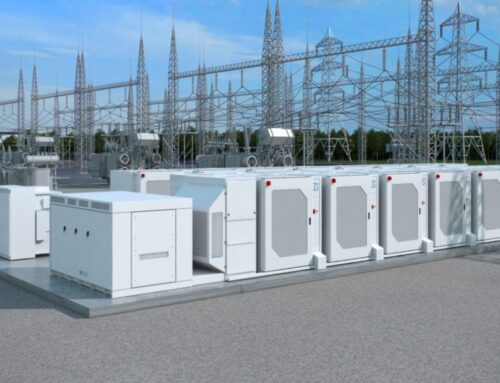
Thanks for everything am so proud of earthing system.at least have known something about earthing system.
Am a student and am doing Electrical Installation and this is am second year studying this course.
Require earthing on installed 5 kva and 10 kva rooftop solar system
Hello Girish, thank you for connecting with us. Kindly share your contact details, and our sales representative will help you better.
Also, you can get in touch with us @ 011-4353 6666